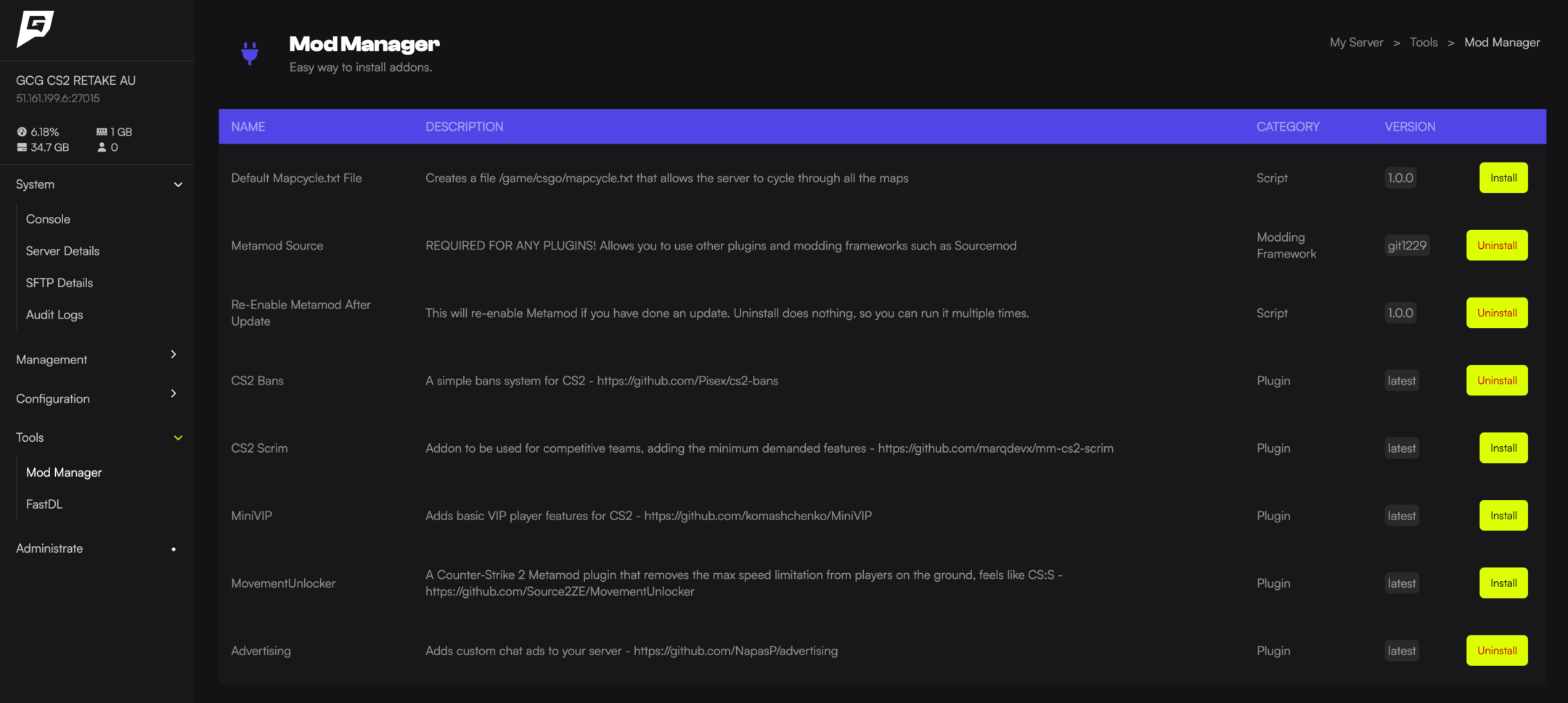BDP Engbu Insights
Your go-to source for the latest news and insights.
Decoding CS2 Reports: What Really Happens After You Hit Submit
Uncover the secrets behind CS2 reports! Discover what happens after you hit submit and why it matters for you. Click to learn more!
Understanding the CS2 Reporting Process: What Happens After You Click Submit
Understanding the CS2 reporting process is crucial for users who wish to navigate the complexities of submitting a report effectively. After you click submit, the report enters a systematic journey where it is first reviewed by automated systems designed to filter out any duplications and categorize the report based on its content. This initial stage not only helps in optimizing the workflow but also ensures that genuine reports receive the attention they deserve. Following this, a team of specialists may take a closer look to confirm the accuracy and validity of the report, ensuring that necessary actions are taken promptly.
Once your report has been validated, you will receive a confirmation that includes a tracking number, which makes it easier to follow up on the status of your submission. Typically, you can expect updates at various stages of the investigation, which keeps you informed about progress and outcomes. It's important to note that depending on the nature and complexity of the report, the entire process can take varying amounts of time. However, transparency is key in the CS2 reporting process, and users are encouraged to stay engaged by checking for updates through the provided channels.

Counter-Strike is a popular first-person shooter game where teams compete to complete objectives, such as planting or defusing bombs. Players can enhance their gameplay experience by acquiring various items, including the winter offensive weapon case, which offers unique weapon skins and customization options. The game's strategic elements and team-based gameplay have contributed to its lasting success in the gaming community.
Behind the Scenes of CS2 Reports: A Step-by-Step Breakdown
Creating comprehensive CS2 reports involves meticulous steps that ensure accuracy and relevance. The process begins with data collection, where both quantitative and qualitative data are gathered from various sources, including user feedback and performance statistics. Once this data is compiled, it undergoes thorough analysis to unearth trends that play a crucial role in shaping the final report. This analysis phase can involve statistical techniques as well as qualitative assessments to add depth to the findings.
After data analysis, the next stage is the report drafting, where the insights extracted from the analysis are structured into a coherent format. This typically includes sections such as an executive summary, methodology, findings, and recommendations. Visual elements like charts and graphs are also incorporated to present data in an easily digestible manner. Finally, the report undergoes a peer review process to ensure accuracy and clarity before it is published for stakeholders, making the entire process of producing CS2 reports both collaborative and precise.
What Should You Expect After Submitting a CS2 Report?
After submitting a CS2 report, the first thing to expect is a confirmation notice indicating that your report has been successfully received. This serves as an assurance that your input is being processed. Following the submission, you may enter a waiting period during which the team responsible for handling these reports will review the information provided. Generally, this process can take anywhere from a few days to a couple of weeks, depending on the volume of reports being processed. It’s essential to be patient during this timeframe as the team aims to ensure every report is evaluated thoroughly.
Once the review is complete, you may receive a response detailing the outcome of your report. This response typically includes actions taken, such as whether a player was penalized or if further investigation is needed. In some cases, you might not receive a specific update due to confidentiality or the nature of the report. Nevertheless, it's important to know that your contributions help maintain a fair gaming environment. If the report leads to significant findings, the team may implement steps to improve the overall experience for all players.